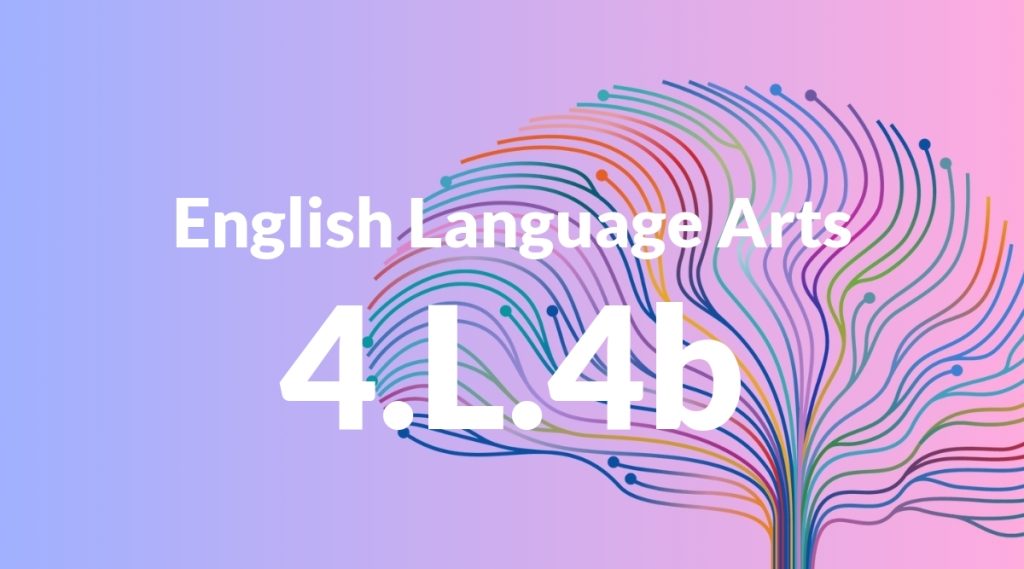Standard: 4.L.4b – Use common, grade-appropriate Greek and Latin affixes and roots as clues to the meaning of a word (e.g., telegraph, photograph, autograph).
Grade level: Grade 4
Subject: English Language Arts
Domain: Language
Teacher Overview
This standard aims to help students use Greek and Latin roots and affixes to determine the meaning of unfamiliar words. It is crucial as it builds foundational skills for vocabulary development, which is essential for reading comprehension and effective communication. Students should already be familiar with the basic concepts of prefixes, suffixes, and root words. They should also have some experience with using context clues to figure out the meaning of unfamiliar words.
Mastering this standard will enable students to tackle more complex vocabulary, enhancing their reading comprehension and writing skills. They will be better prepared for advanced subjects that require a strong vocabulary foundation.
Common Misconception 1
A common misconception is that all words with the same root have identical meanings. This is incorrect because the meaning of a word can change based on its prefix, suffix, and the context in which it is used.
Intervention 1
To address this, use a variety of examples and exercises that show how the meaning of a word can change with different prefixes and suffixes. Encourage students to always consider the context.
Common Misconception 2
Another misconception is that learning Greek and Latin roots has no real-world application. This is incorrect because many English words, especially in scientific and technical fields, are derived from these roots.
Intervention 2
Provide real-world examples from subjects like science (e.g., biology terms) and social studies (e.g., historical terms) to demonstrate the practical applications of understanding roots and affixes.
Prerequisite Knowledge
Students should have a basic understanding of what prefixes, suffixes, and root words are, and how they can change the meaning of a word.
Subsequent Knowledge
After mastering this standard, students will be able to analyze more complex words and enhance their vocabulary, which will aid in reading comprehension and writing skills.
Instructional Activities
- Root word scavenger hunt in reading passages
- Creating word maps for new vocabulary
- Interactive games focusing on matching roots with their meanings
- Group activities to create new words using known roots and affixes
- Writing assignments that require the use of words with specific roots




